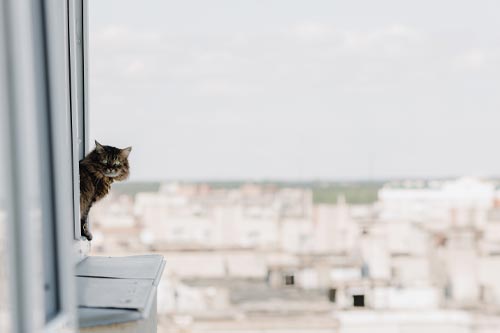Cats are curious creatures, often finding themselves in precarious positions, especially when they have access to high windows or balconies. This blog explores the topic of high rise syndrome in cats, a situation that can arise when a cat falls from a significant height. We aim to inform pet owners about the risks, symptoms, and preventive measures to keep their pets safe. If you have concerns or need more information, Triangle Animal Clinic in Conroe, TX, is here to help. Please call us at (936) 756-3318 to speak with our knowledgeable team or to schedule an appointment.
Understanding High Rise Syndrome
High rise syndrome in cats refers to the injuries cats can suffer from falling out of high windows, balconies, or terraces. Despite a cat’s remarkable agility and balance, accidents can happen, leading to serious injuries or even fatalities. This syndrome is more common than many pet owners realize, especially during warmer months when windows are often left open.
Cats have a natural instinct to chase after birds or insects, which can lead them to lose their footing and fall. While cats are known for their ability to land on their feet due to their righting reflex, falls from higher places can still result in injuries such as broken bones, internal injuries, or head trauma.
Preventing High Rise Syndrome
The key to protecting your cat from high rise syndrome is prevention. Ensuring windows have secure screens and keeping balcony doors closed can significantly reduce the risk of your cat falling. Additionally, providing plenty of indoor enrichment, like toys and cat trees, can help satisfy your cat’s curiosity and reduce their desire to explore dangerous heights.
Educating yourself and your family about the dangers of open windows and unsecured balconies is crucial. Regularly check the security of window screens and balcony doors to ensure they are cat-proof. Encouraging safe play and monitoring your cat’s behavior near risky areas can also prevent accidents.
Symptoms and Treatment of High Rise Syndrome
If your cat falls from a height, they may suffer from various injuries, some of which may not be immediately apparent. Symptoms to watch for include difficulty breathing, limping or inability to stand, visible injuries like cuts or bleeding, and signs of shock or distress. If you suspect your cat has fallen, it’s essential to seek veterinary care immediately, even if no injuries are visible.
Treatment for high rise syndrome depends on the severity and type of injuries sustained. X-rays, pain management, surgery, or other interventions may be necessary. Our team at Triangle Animal Clinic is equipped to provide the necessary care and support for your cat should they suffer from this syndrome.
The Importance of Early Veterinary Intervention
Early veterinary intervention can make a significant difference in the outcome for a cat with high rise syndrome. Prompt medical attention ensures that injuries are identified and treated as quickly as possible, reducing the risk of complications and improving the chances of a full recovery.
Our clinic understands the urgency of these situations and is prepared to offer the necessary diagnostics and treatment. We prioritize the health and safety of your pet, providing compassionate care in times of need.
Keeping Your Cat Safe from High Risks
Creating a safe environment for your cat extends beyond preventing falls. Regular engagement, safe indoor activities, and routine veterinary check-ups play a vital role in your cat’s health and happiness. By taking proactive steps to secure your home and providing a stimulating indoor environment, you can help ensure your cat enjoys a long, healthy life without the risks associated with high rise syndrome.
For more tips on keeping your cat safe and healthy or to discuss any concerns you might have about high rise syndrome, the team at Triangle Animal Clinic in Conroe, TX, is here to help. Give us a call at (936) 756-3318 to schedule an appointment or talk to one of our friendly staff members. Your cat’s health is our top priority, and we’re committed to providing the care and information you need to keep them safe.






